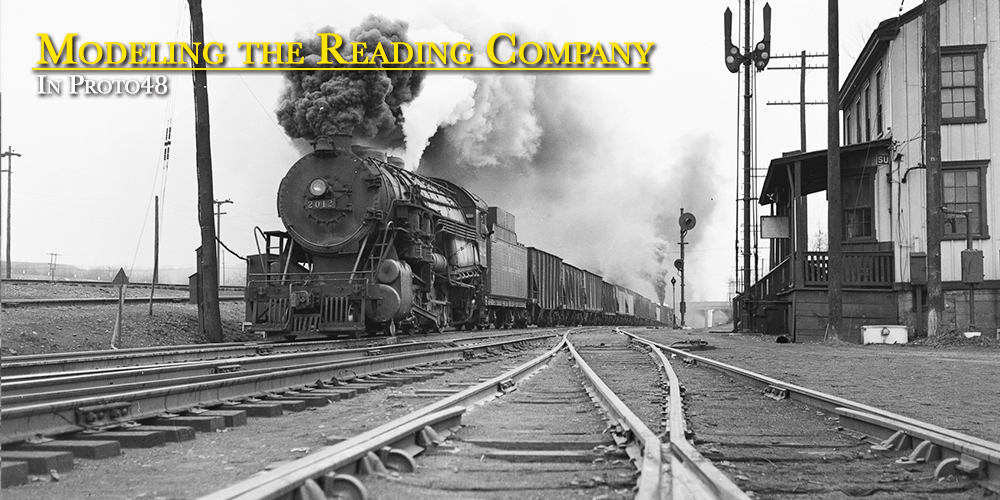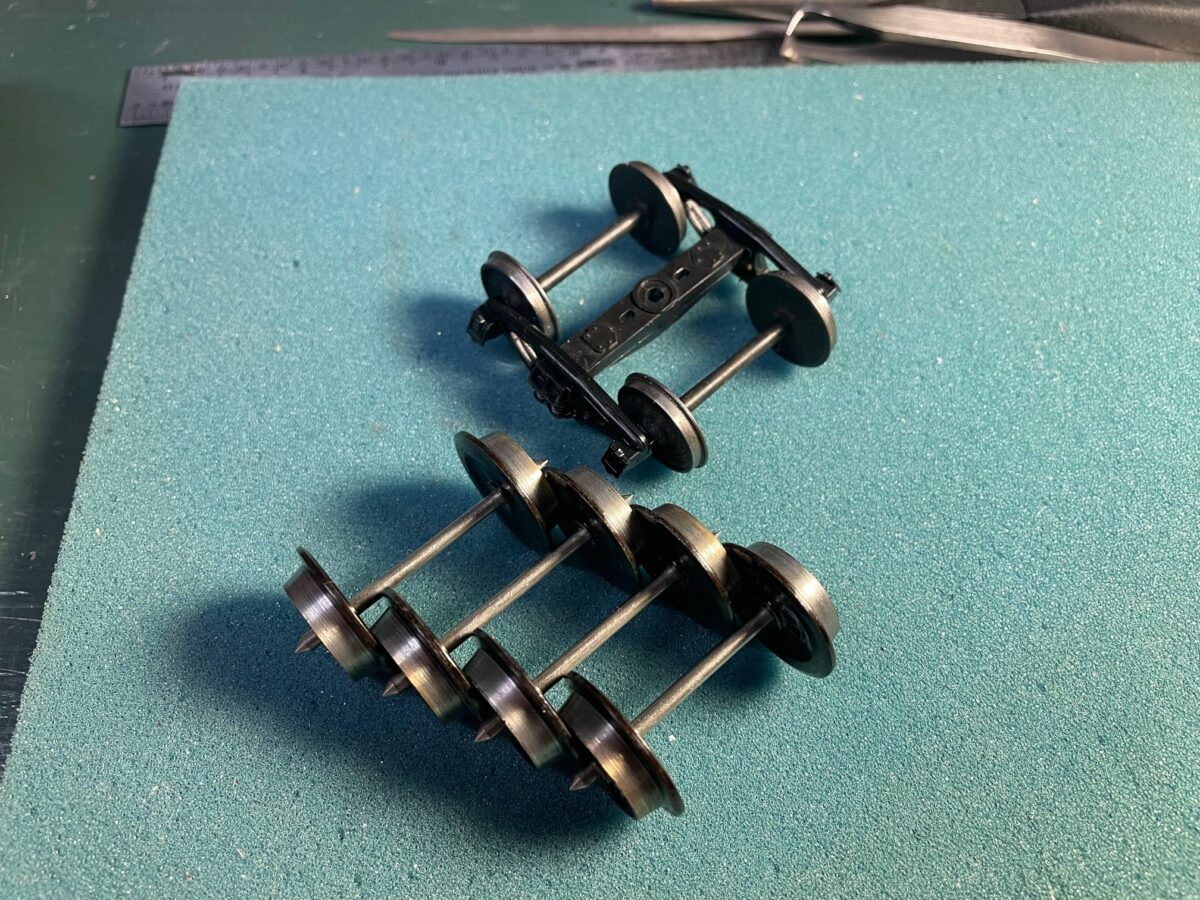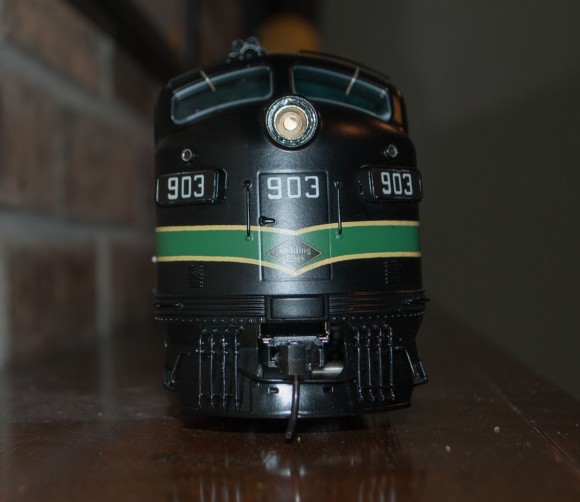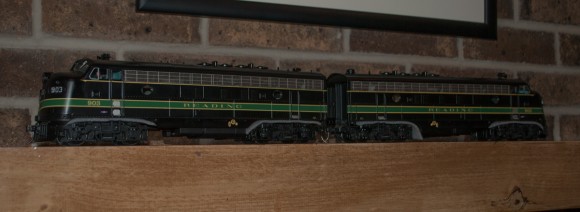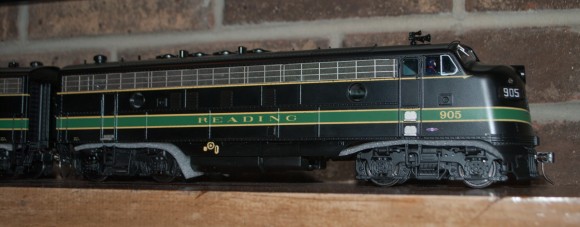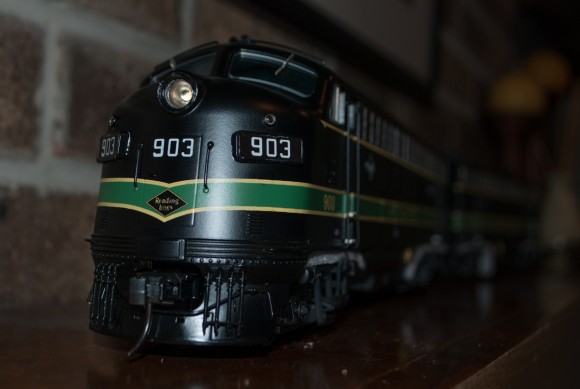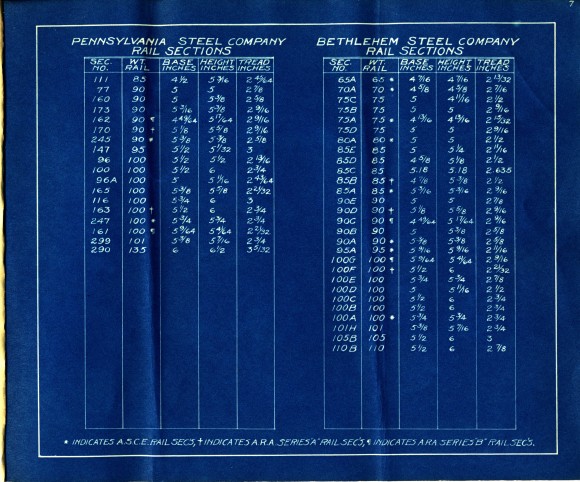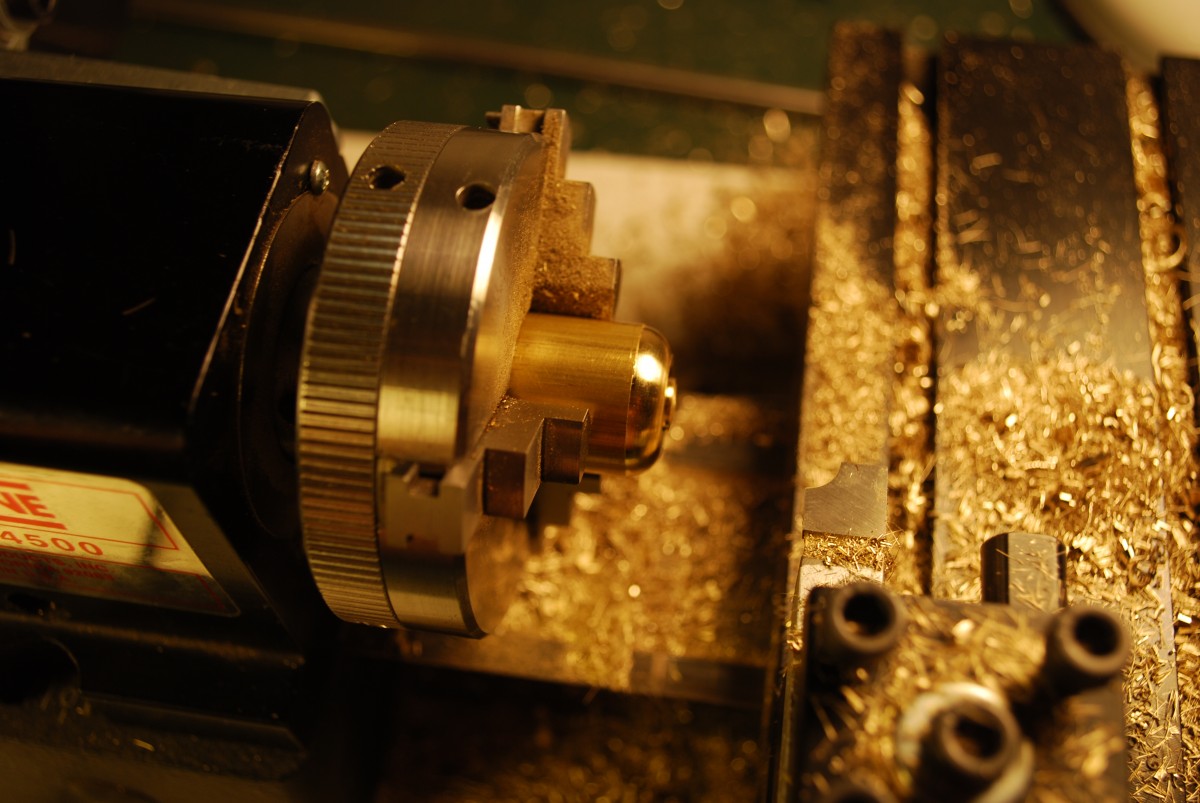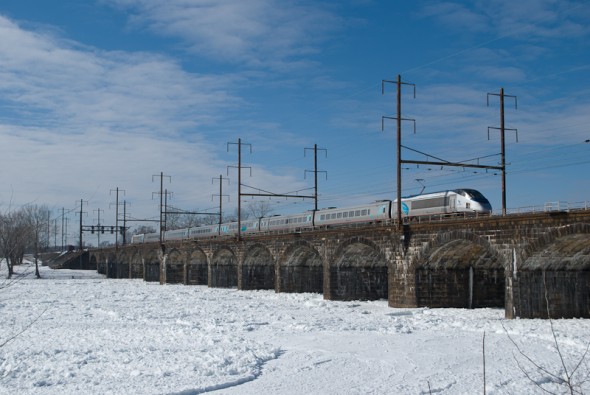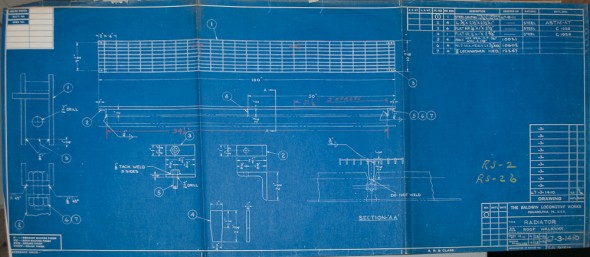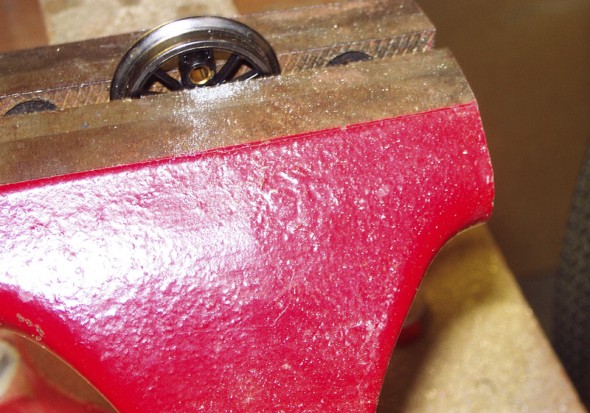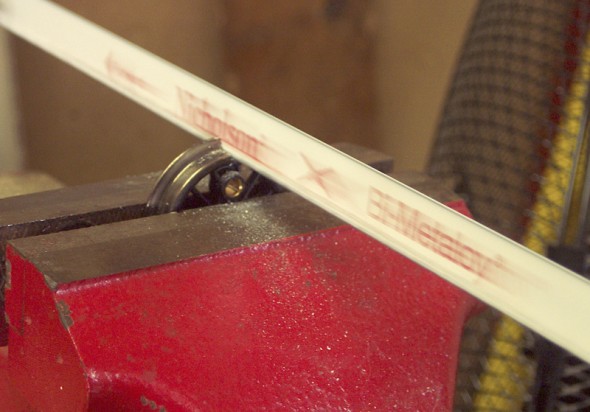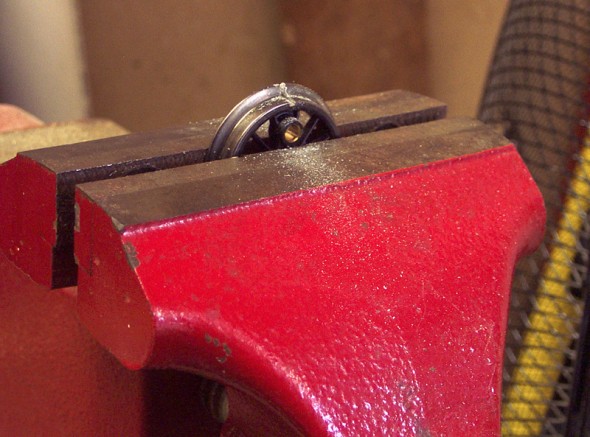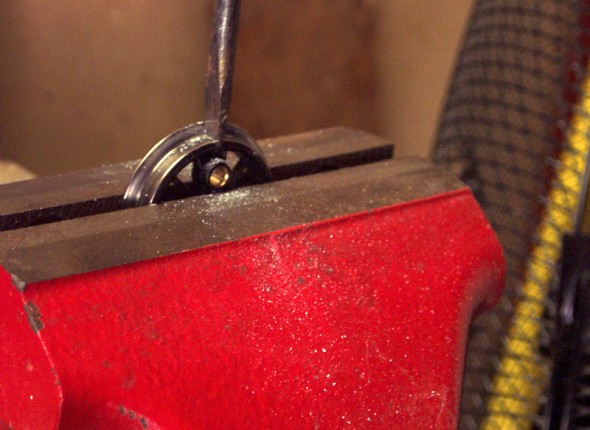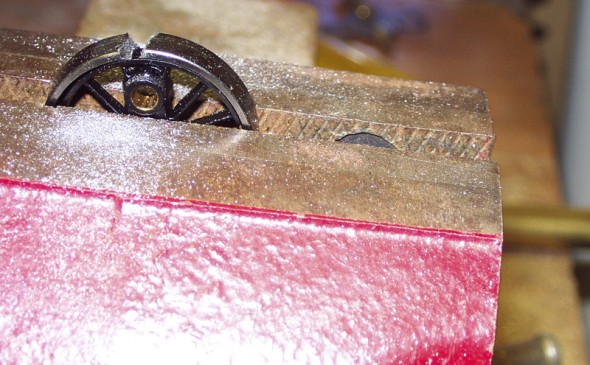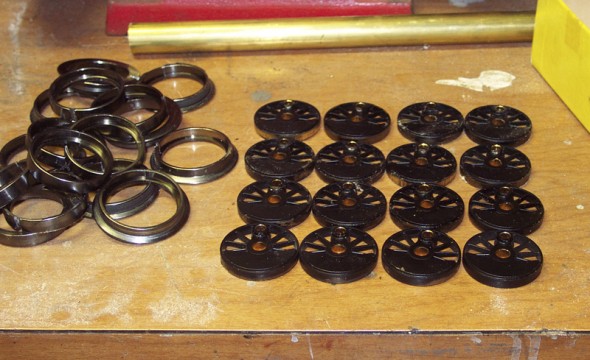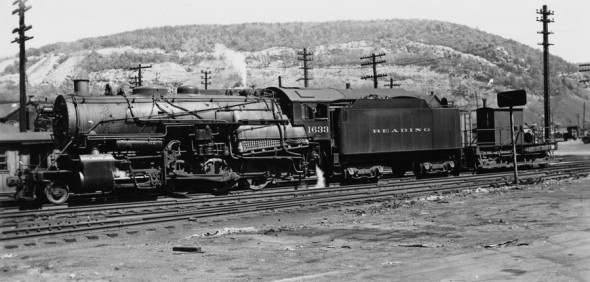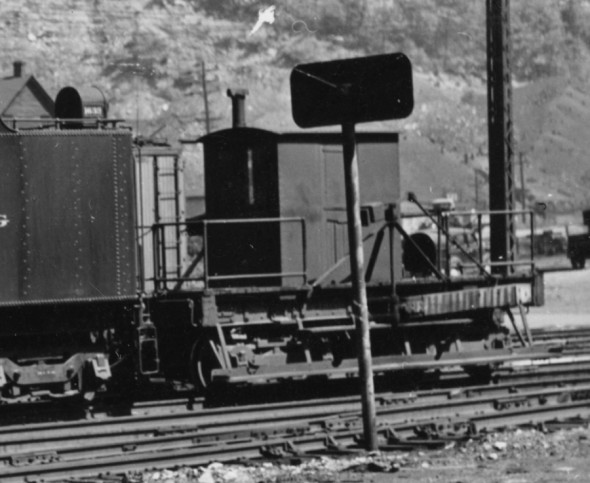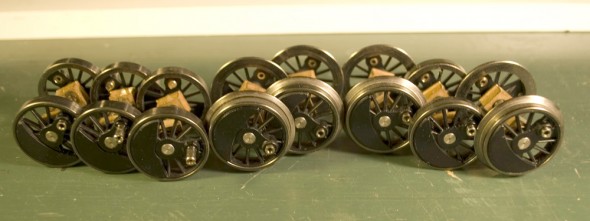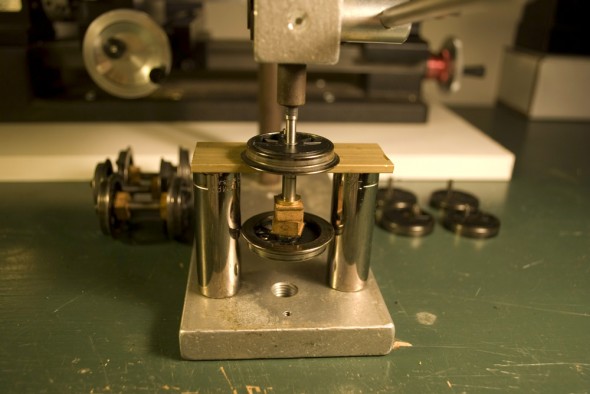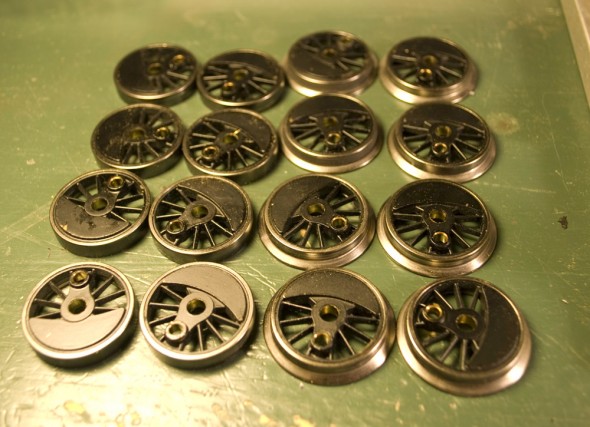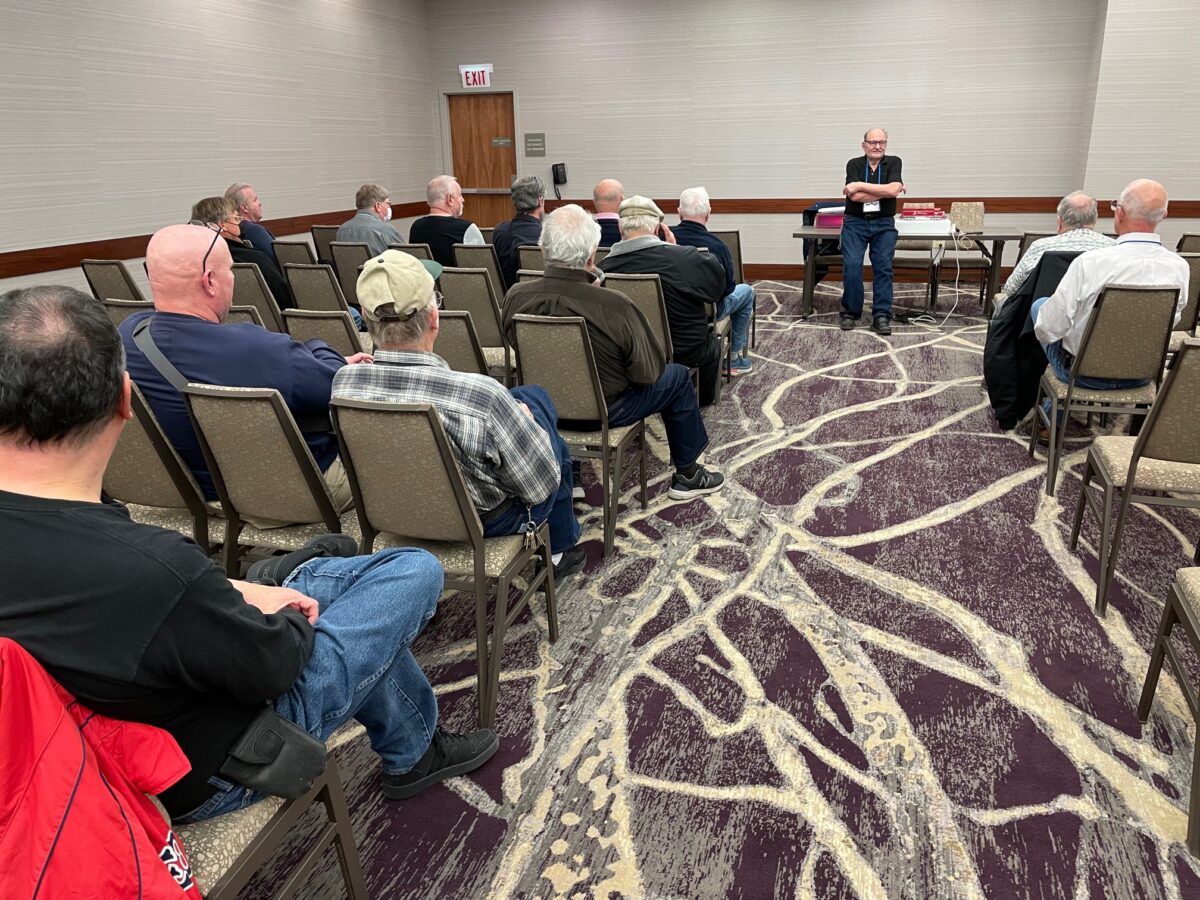
The Proto48 Meeting
Paul Hanson hosted the meeting to a packed house.
Norm Buckhart was the first speaker. He spoke about his current release of 50 foot boxcars. Norm also spoke about his upcoming run of tank cars which are due in late 2022 or early 2023. This run will consists of multiple varieties of cars, most never having been produce in O Scale before.
Norm also spoke of the next run after the tank cars, round roof box cars. The box cars will be imported in late 2023 or early 2024. The round roof box car run will consist of multiple variations of the PRR class X31 of 40 foot boxcars and the PRR 50 foot boxcars in the X32 and X33 classes. In addition will be two classes of 40 foot cars for the Seaboard. I’m really looking forward to the Seaboard cars.
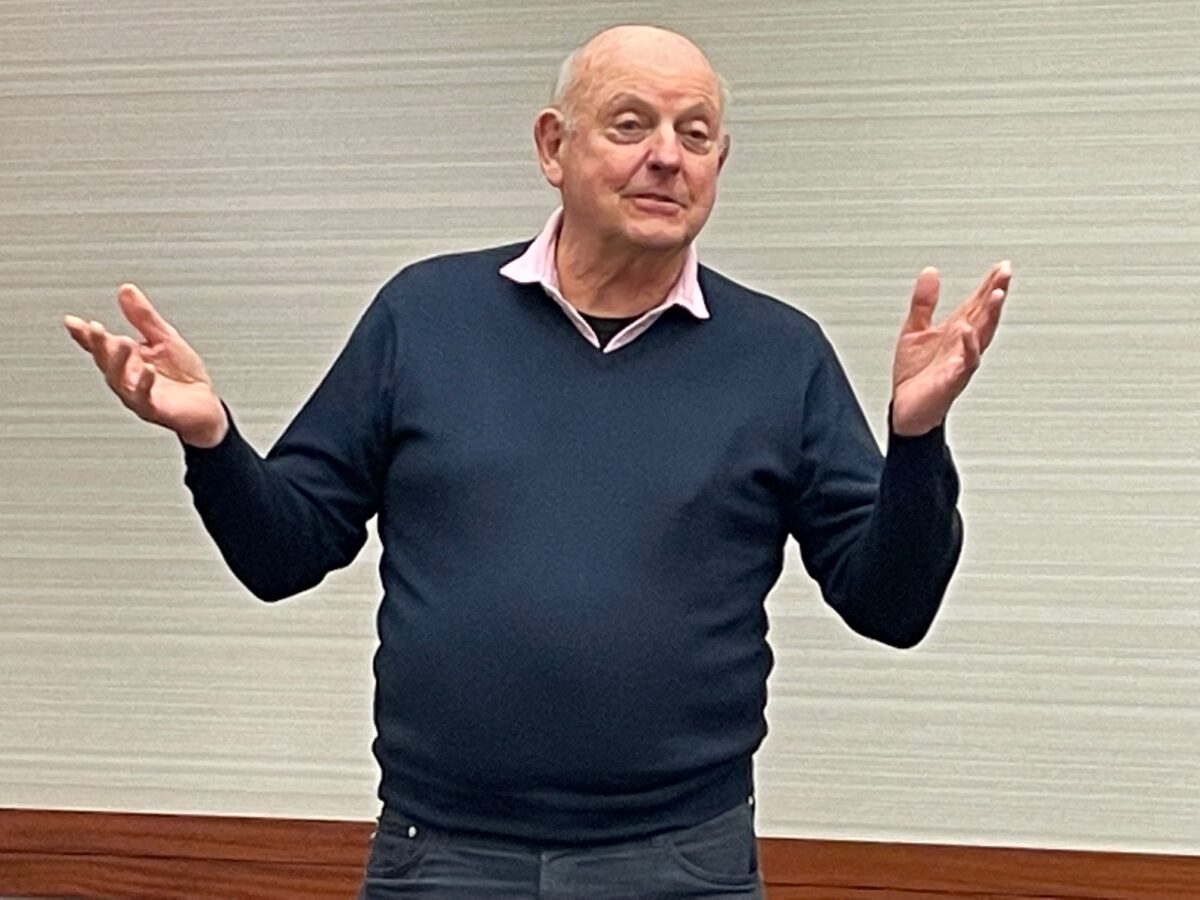
Next to speak were Ross Dando of Twin City Cars (on left) and Jon Cagle of Southern Car & Foundry (on right).
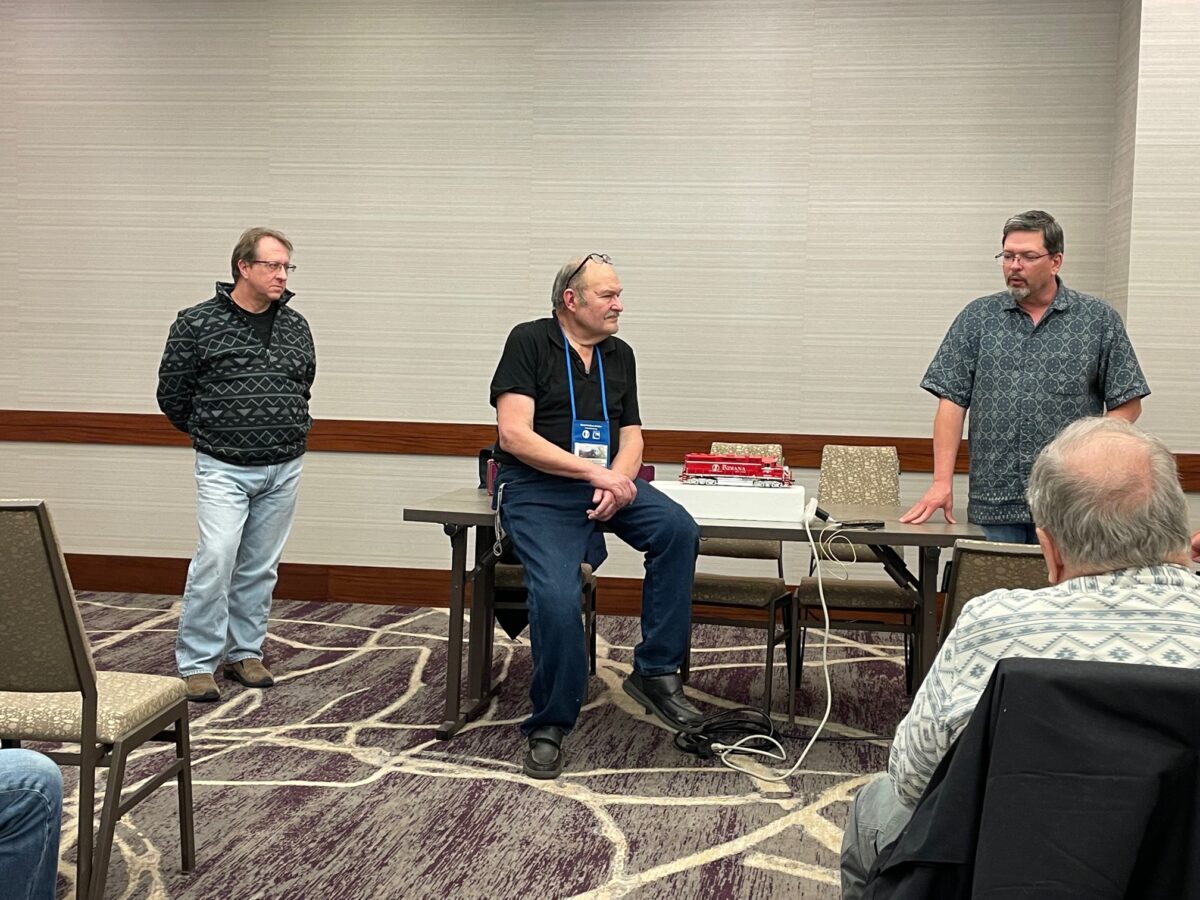
Ross was up first and spoke of his new offerings including a new double etched spike. That brought about some crowd participation and interaction. Ross also mentioned the development of his next release for Twin City Cars, a steel USRA rebuilt car from a USRA double sheathed boxcar. Gene Deimiling wrote about that is his recent blog post. I’m looking forward to that car.
Jon Cagle spoke about his new kit of the Howe Truss boxcar. The new composite side model is similar to the previous release of the steel sided Howe Truss Sand Springs box car. The difference is this is this car is accurate for three or four railroads instead of one shortline railroad with a total of four cars on the roster. Four cars total in 1952 when the were over 800,000 boxcars on the rails, what is the likelihood of one of them going past you trackside?
Jon also mentioned that his tank car kit are back into development. He had samples in the past at shows that looked great and well beyond anything that had been done before. They never became completed kit masters, but it sounds like they will later this year.
As Jon spoke you could hear his passion for what can be done with resin casting. And he also spoke about what others have recently released with resin. How some manufactures need to do more work with their masters BEFORE committing to making molds and casting resin. Without naming names, all that are facing having to sand 3D stepping out of roofs knew exactly what he was talking about.
After the presentations from the three manufactures, Paul Hanson showed off a modern MTH locomotive that had been converted to Proto48. This sparked some discussion about the difference between Finescale modeling and Proto48 modeling.
I have always believed that equating Finescale and Proto48 does more to exclude potential new Proto48 modelers from trying out Proto48. Below is the text of a post I made about the subject in the past on the OGR Board which pretty much sums up my feelings on the subject.
“Proto48 is about correcting the gauge of the rails and running with fine wheel widths and treads. There is nothing in the Proto48 standards about truck widths and there are absolutely no “requirements” beyond the gauge and wheel standards.
Just because some Proto48 modelers build finescale models, doesn’t mean that every Proto48 modeler has to build to that level. And I would point out that there are a lot of O Scale modelers who build models to finescale levels also. A Proto48 model does not have to be a finescale model and a finescale model does not have to be Proto48.“

The O Scale Kings Meeting
David Vaughn hosted the O Scale Kings meeting. He discussed the current efforts of the group. They working on operating name change to O Scale Central. Acknowledging that some have had issues with the name of the group over the years.
There was discussion of developing new O Scale module standards which would also be inclusive of past modules built to NMRA or Free-Mo standards.
It was also suggested during the meeting that O Scale is positioned to take the lead on developing standards for DeadRail or Power On Board. It was noted that members of the O Scale Kings were working with representatives from the NMRA to help guide that discussion.
While the crowd was thinner than the Proto48 meeting which was held in the same room. I think that was because it was not the Business meeting of the O Scale Kings which was held the next day. I was not able to attend the business meeting.
